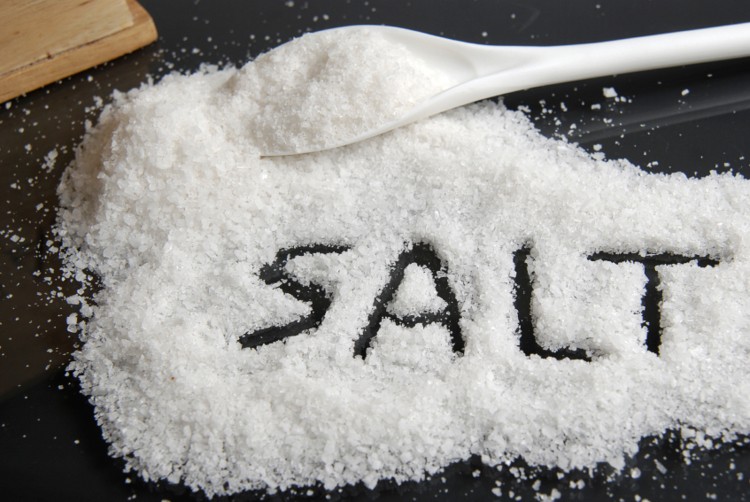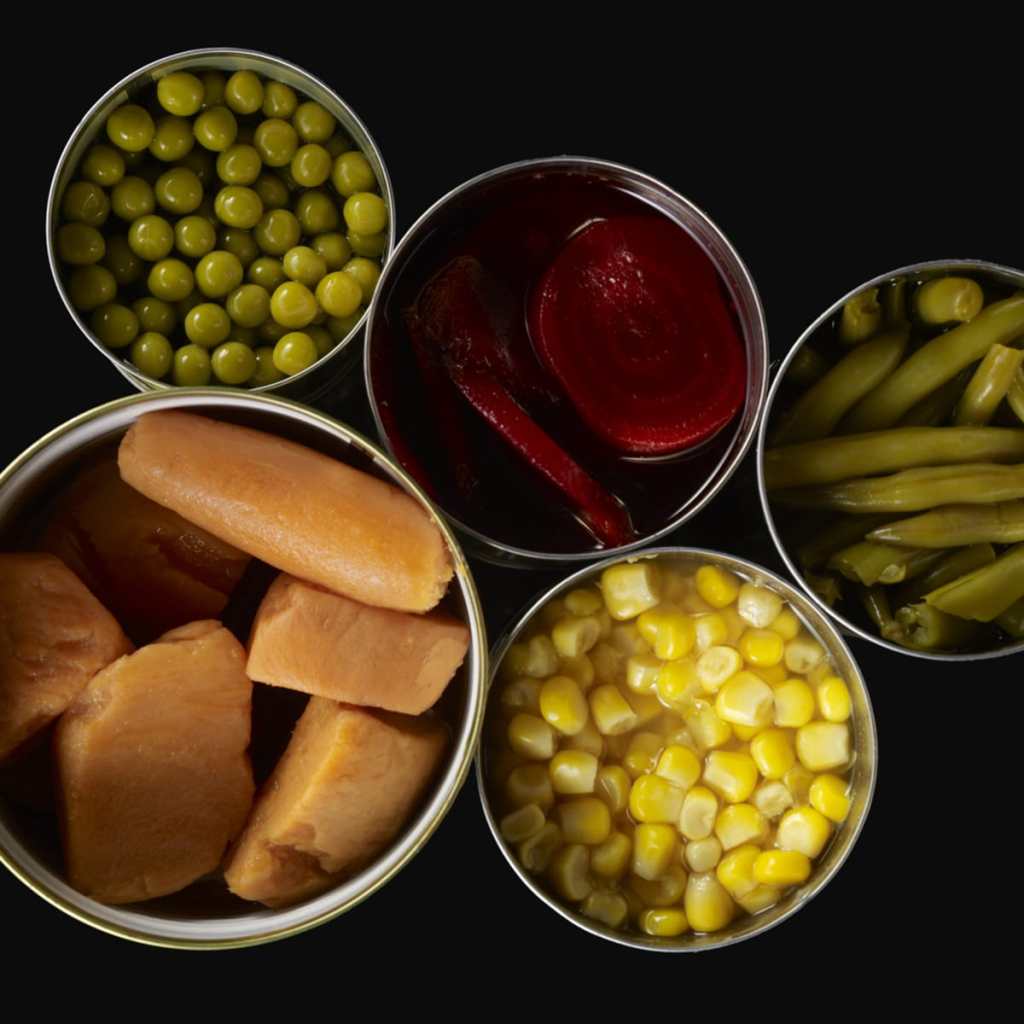
History of salt
Salt has been used for a long time. As Kurlansky mentions in his Salt book, ” the earliest written record of salt production in China dates to around 800 B.C. and tells of production and trade of sea salt a millennium before, during Xia dynasty, but they were considered old ways by the time of this account, which describes putting ocean water in clay vessels and boiling it until reduced to pots of salt crystals. This was the technique that was spread through Southern Europe by the Roman Empire, 1,000 years after the Chinese account was written.” The book explores the salt trade in the old days. Interesting how the trade route for salt expanded to the world. For example, Ancient Egyptians cured meat and fish earlier than 2000 BC before the Chinese Civilization. This fermentation and curing was invented and spread to the rest of the world. Another interesting fact that the book mentions; Egyptians imported olive oil from the Syrians, Cretans, or Middle East region. Middle East was well known in making olive oil and Egyptians preferred it over their own olive oil. Also, in the tomb, there was birds and mummies that were preserved with salt. Salt was important in various uses around the world. For example, salt was used for fertility during the old ages, salt trade between countries, religion rituals, food uses such as sourdough by Ancient Egyptians, and during wars such as the Roman Empire playing with salt prices to raise money for war. As you can see, salt has an important history that changed the world we live in today. Also, did you know that salt is one of the oldest food seasonings in the world, and an important part of food preservation. I recommend reading Salt – A World History by Mark Kurlansky; provides a lot of information on this interesting food seasoning.
Continue reading
